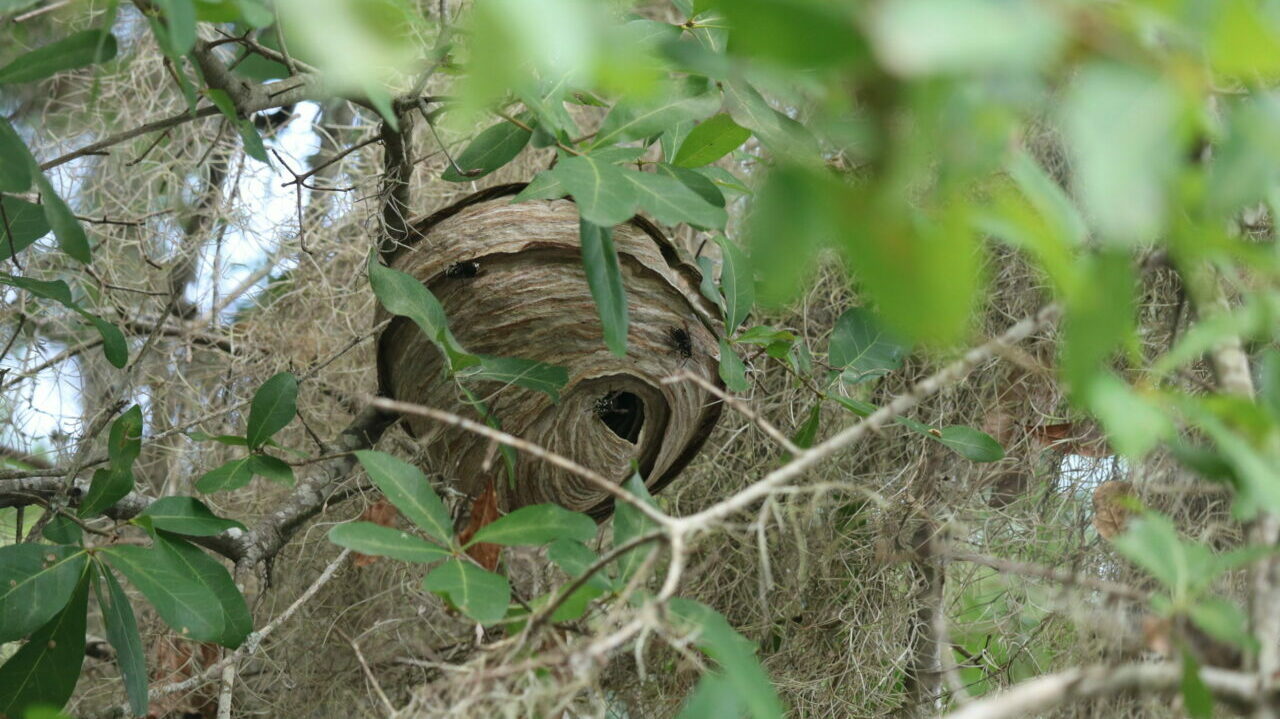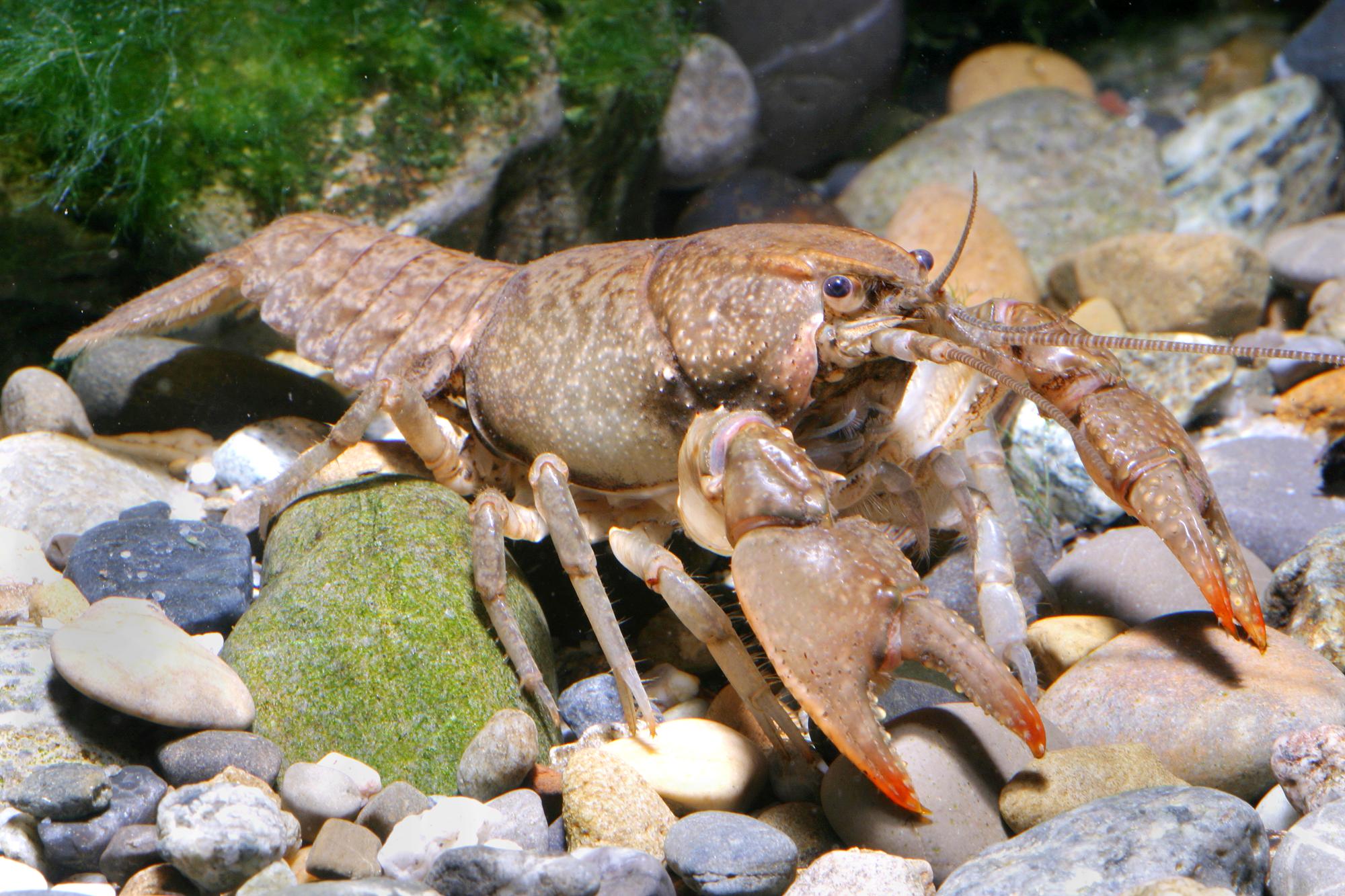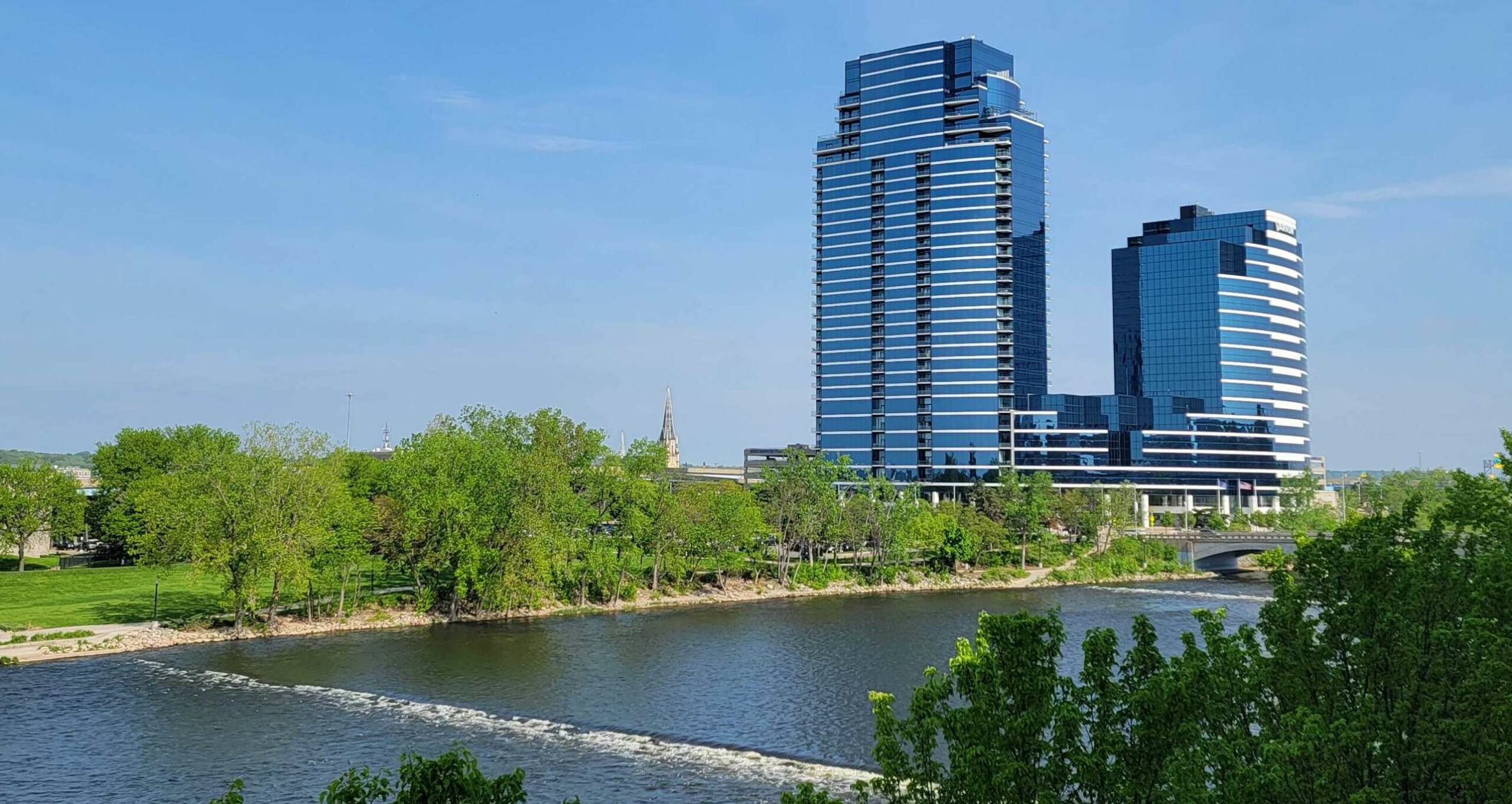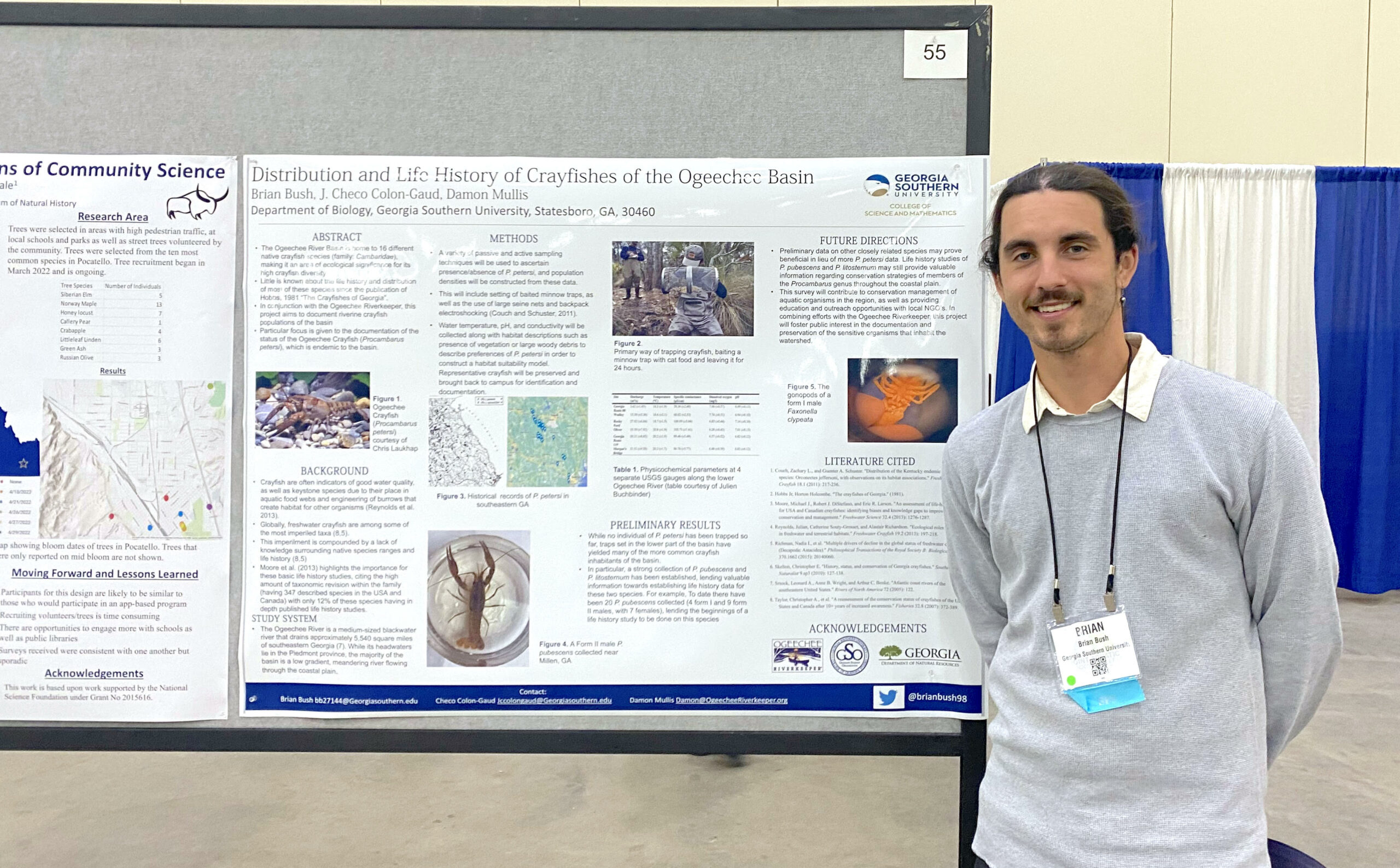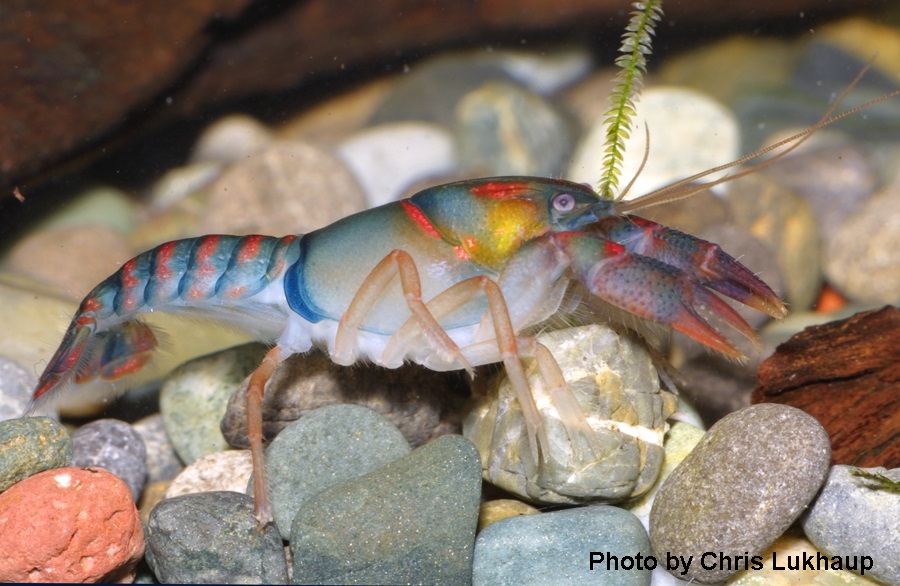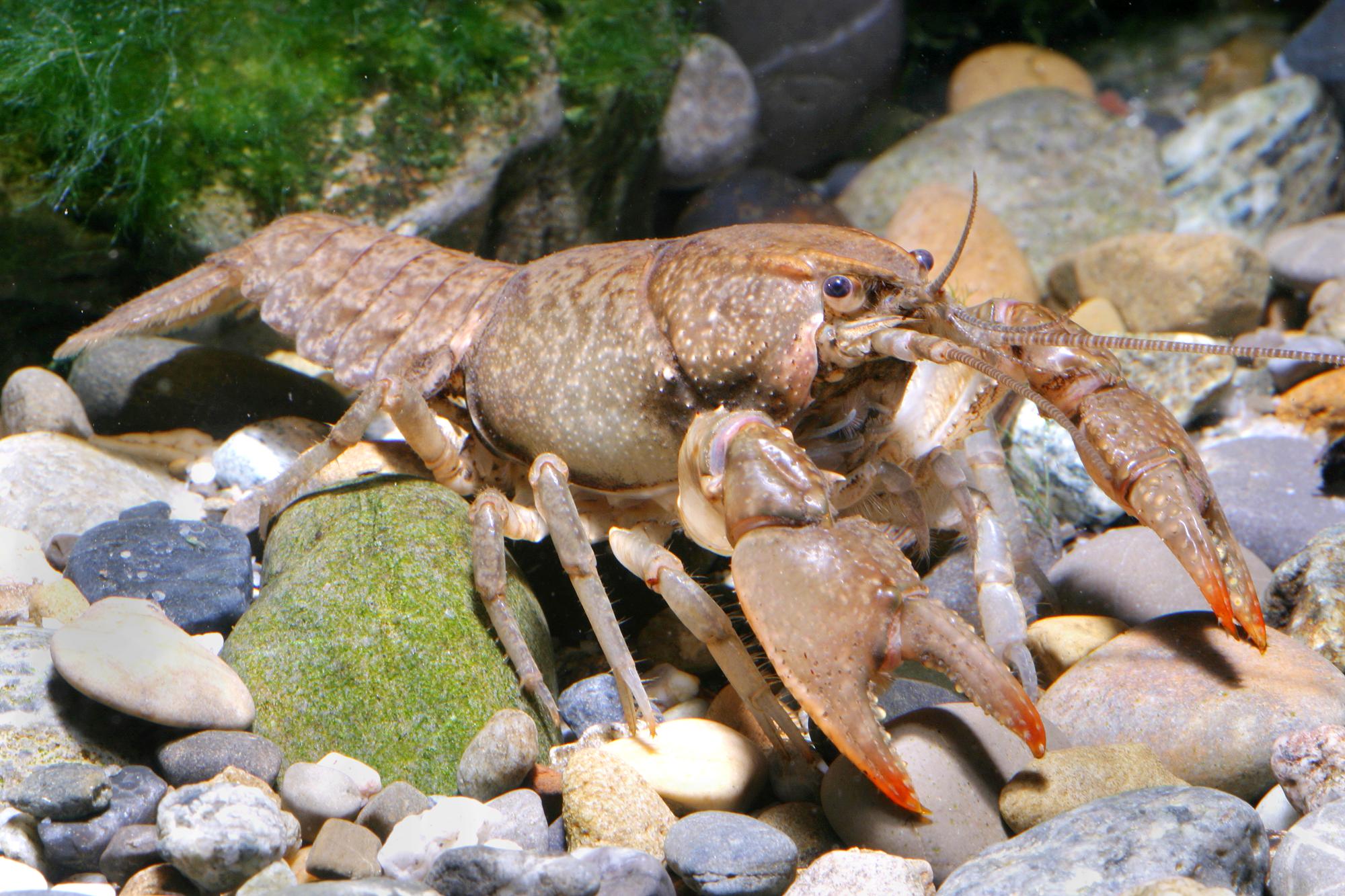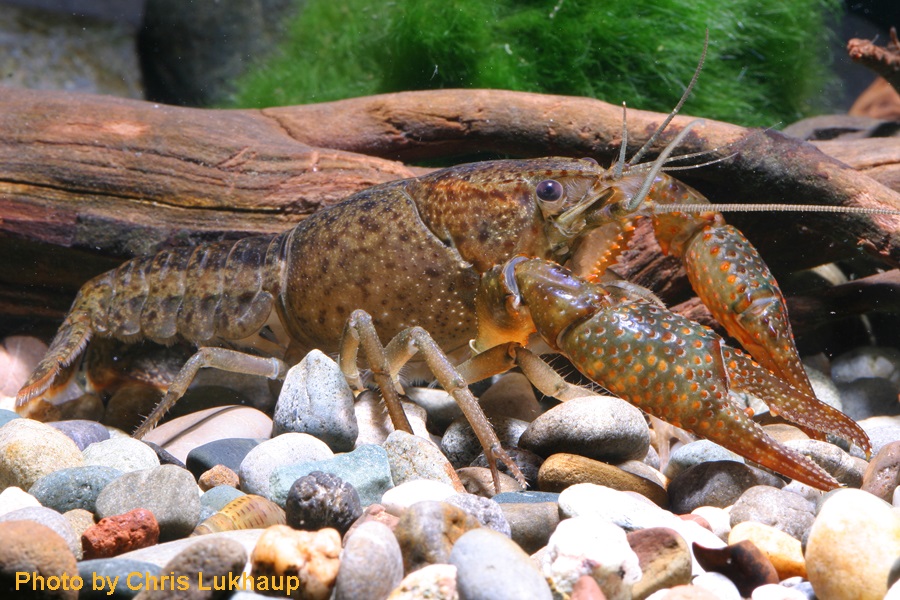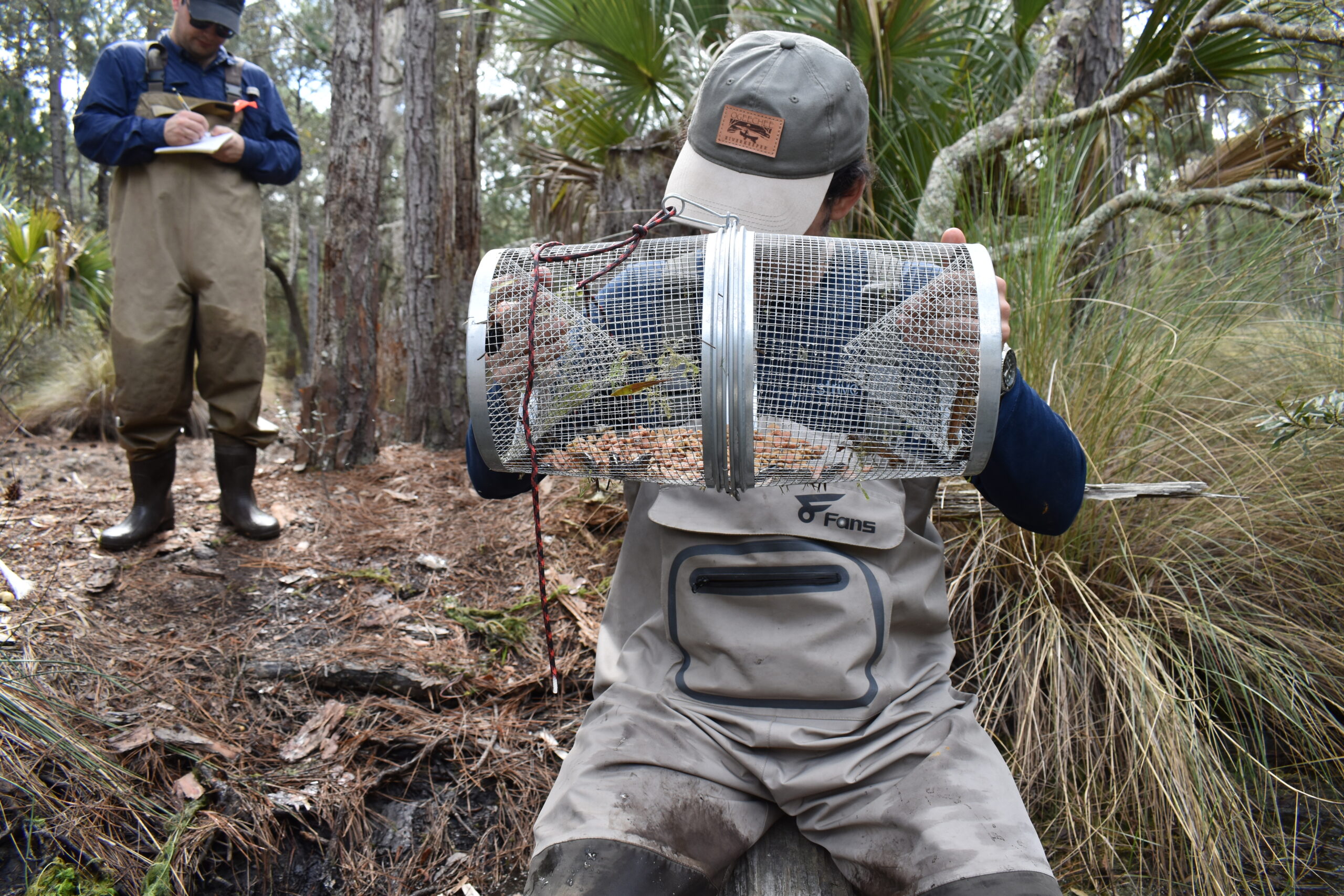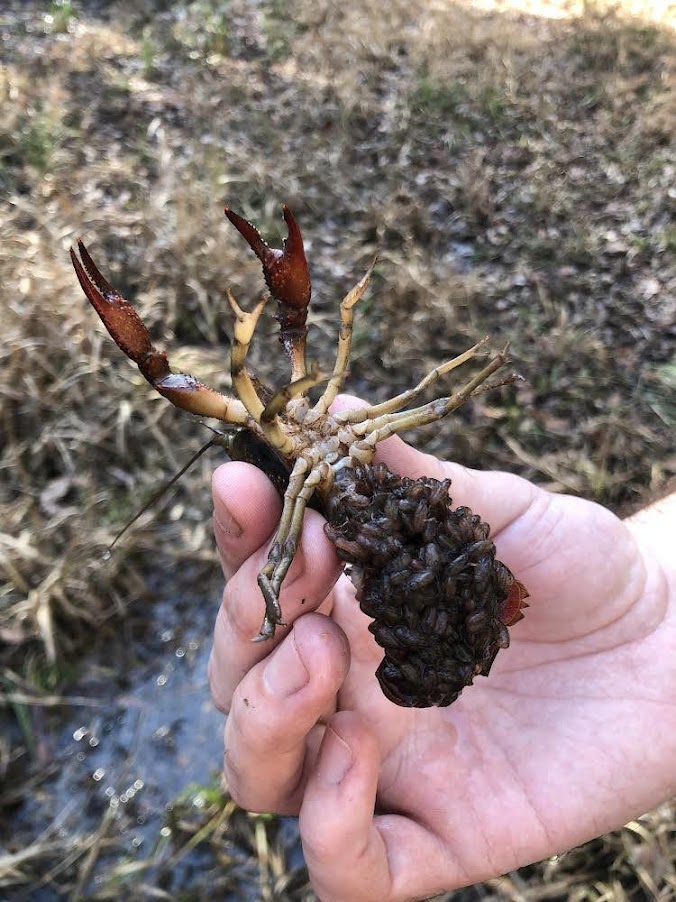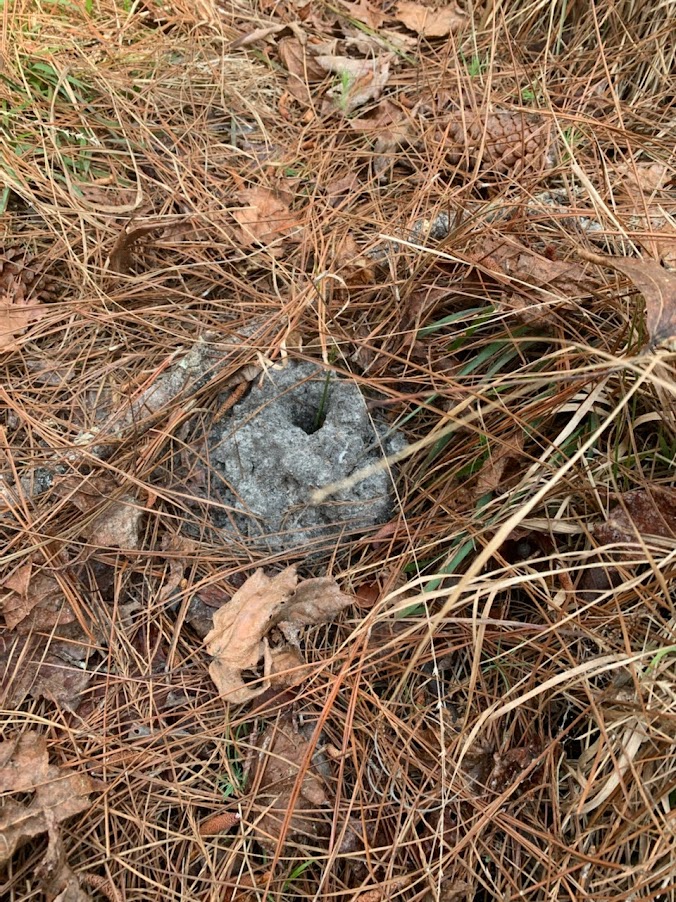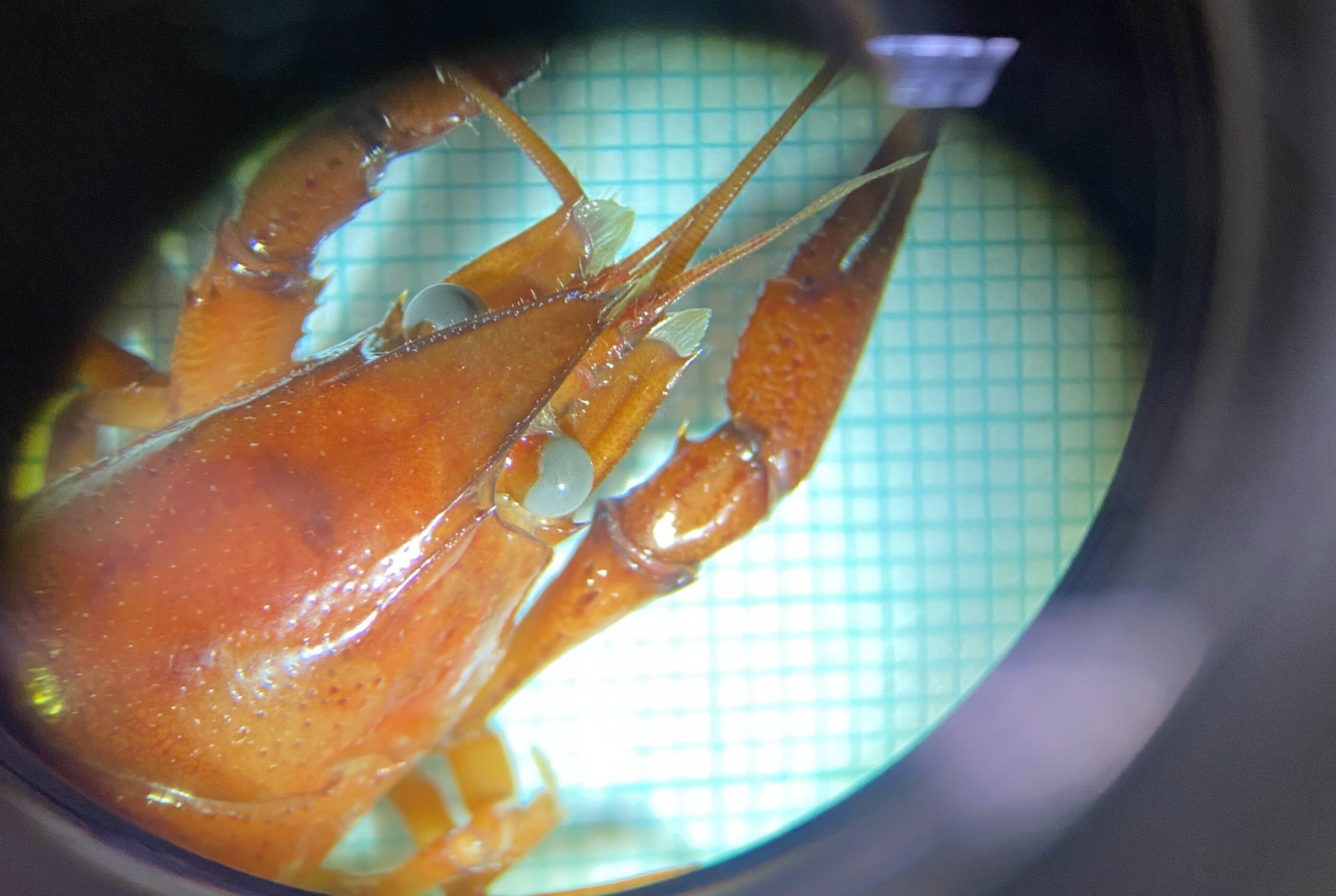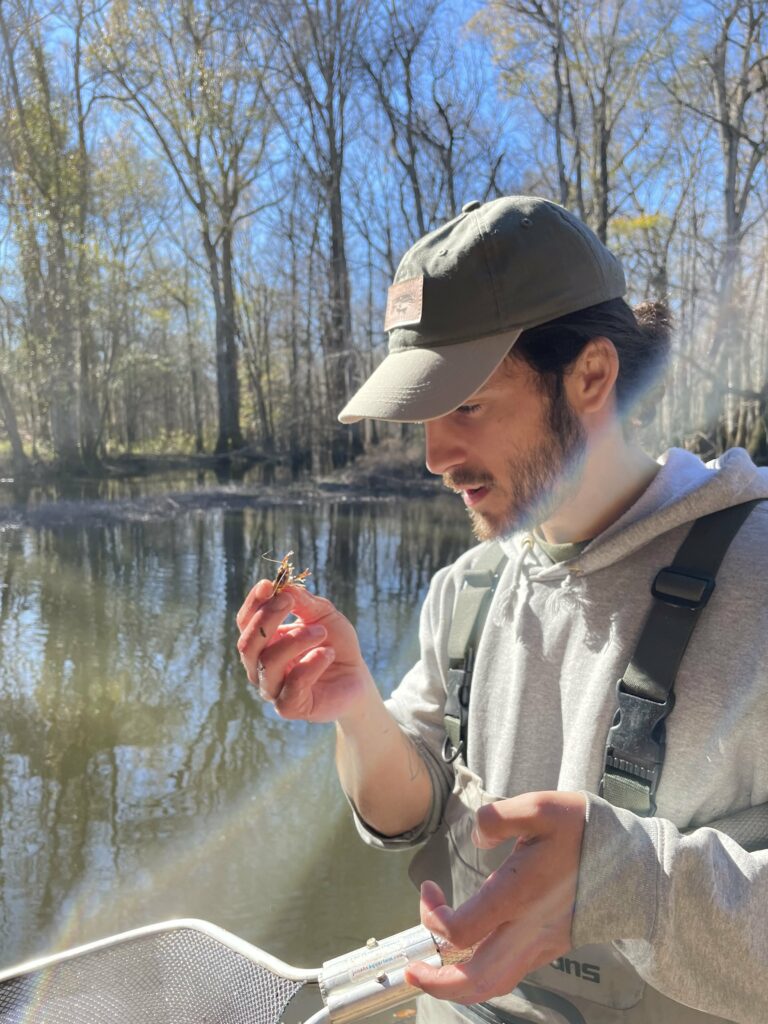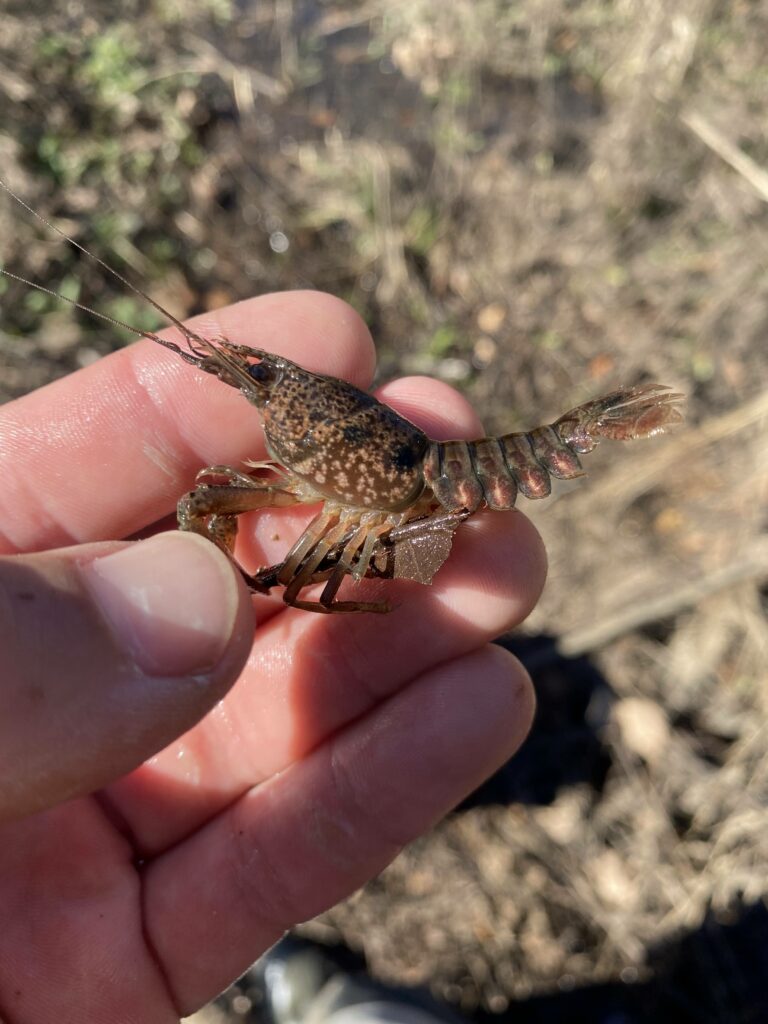 I am Valeria Ensenat Rivera, an undergraduate researcher in the freshwater lab at Georgia Southern University and I am studying population genetics of crayfish native to south Georgia. Crayfish are also known as crawfish or crawdads, and they are invertebrate crustaceans that spend their lives at the bottom of lakes, rivers, and streams, eating just about anything they can get their claws on. Crayfish are also a vital part of the food web providing a tasty snack for birds, raccoons, fish, otters, and are delicious in a low country boil.
I am Valeria Ensenat Rivera, an undergraduate researcher in the freshwater lab at Georgia Southern University and I am studying population genetics of crayfish native to south Georgia. Crayfish are also known as crawfish or crawdads, and they are invertebrate crustaceans that spend their lives at the bottom of lakes, rivers, and streams, eating just about anything they can get their claws on. Crayfish are also a vital part of the food web providing a tasty snack for birds, raccoons, fish, otters, and are delicious in a low country boil.
The state of Georgia ranks fourth in crayfish diversity in the country, with more than 70 different species, and I am interested in deciphering how those species are related. One characteristic of crayfish is that they all look very similar to one another, and even experts can have difficulty identifying them and telling species apart. To solve this problem, I am using their DNA to determine the species and see what other information their genetics can tell us.
The Ogeechee crayfish, or Procambarus petersi, is one of the crayfish species that has only been found in the Ogeechee River and other nearby waterways.Not a lot is known about the Ogeechee crayfish due to limited population counts and the small area in which they historically have been found. Surprisingly, we were able to obtain one individual from the Canoochee River.
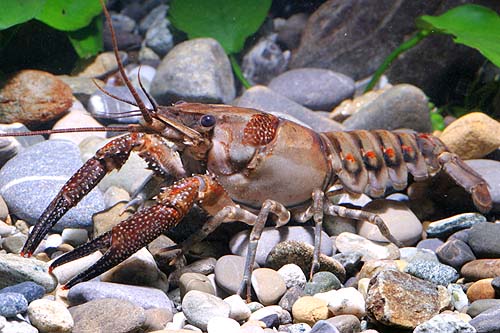
How can you really know that you actually have the Ogeechee crayfish in your hands, when there are so many crayfish that look similar? I extracted DNA from this individual crayfish (which was named Eleven, like in Stranger Things) and compared it with the DNA of all of the other crayfish samples in our collection.
The DNA from this Ogeechee crayfish was different from the other ones, but that was not the surprising part. Rather, the species was “nested” inside the population of Procambarus spiculifer, or the white tubercled crayfish. The white tubercled crayfish is found more commonly than the Ogeechee crayfish, having populations all along Georgia, Florida, and Alabama.
Southern Georgia, the Ogeechee River, and other nearby river basins, may have more crayfish species than originally thought, and many of those species could be in danger of going extinct. It is important to obtain more information about them in order to conserve species diversity and protect the beautiful waterways of Georgia.
